Speaker
Description
After successful discovery of the Higgs boson, the LHC presently confronts the major challenge in searching for new physics. Any such observation necessitates the determination of mass and other quantum numbers like spin, polarization etc for the new resonance. Most of the BSM theories motivated from profound experimental indication of dark matter (DM), trying to accommodate them as some stable BSM particle within their framework. In a wide class of such scenario, any production of heavy resonance particles eventually decay semi-invisibly resulting at least two massive stable undetectable particles in the final state. Reconstruction of these events at a hadron collider or the mass determination of these new particles are challenging. Here we discuss two interesting mass-constraining variables, $M_{2Cons}$ and $\sqrt{\hat{s}}$, which possess an array of rich features having the ability to use on-shell mass constraints inclusively. We argue the consequence of applying the additional resonance mass-shell constraint in the context of a semi-invisible antler decay topology produced at the LHC. Our proposed variable, under additional constraint, develops a new kink solution at the true masses. This enables one to determine the invisible (DM) particle mass simultaneously with the parent particle mass from these events. We also demonstrate the ability of these constrained variables to reconstruct the semi-invisible events with the momenta of invisible particles and thus improving the measurements to reveal the properties of new physics.
